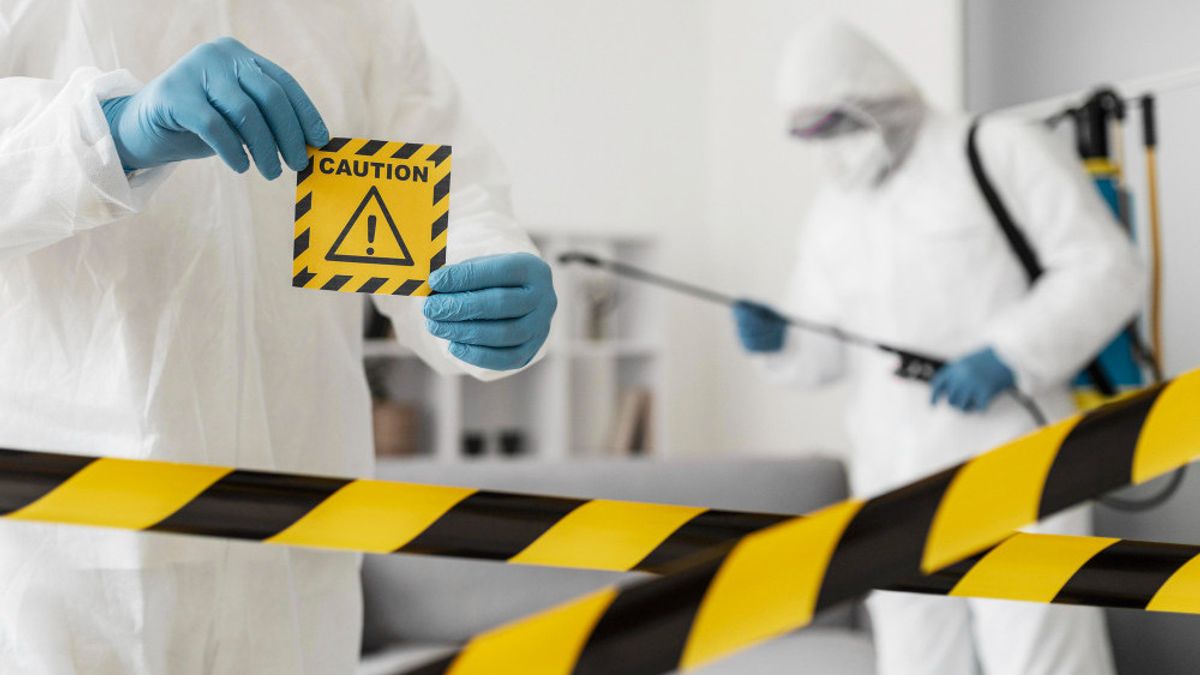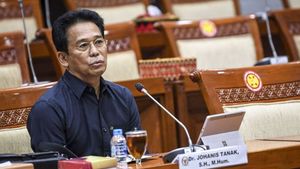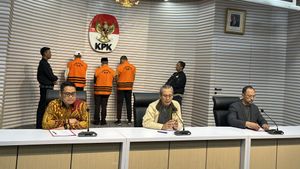Before reading, please note that this article does not teach readers to commit suicide. Suicide is not a solution. If you have suicide thoughts, don't hesitate to immediately contact the nearest psychologist and psychiatrist. Visit the first aid page for people with the idea of committing suicide click here.
YOGYAKARTA - The news of the death of the former Dutch PM, Dries van Agt, is currently viral on social media because it happened unusually for Indonesian netizens. Dries chose the death path by euphanasia with his wife, Eugenie van Agt-Krekelberg. Not many people know what euthanasia is, which is common in the Dutch country.
The former Dutch PM and his wife chose to do euthanasia at the same age as 93 years. With the euphanasia procedure or lethal injection, the couple breathed their last while holding their hands.
The phenomenon of medical suicide is indeed quite controversial, but it is no stranger to the people of the Dutch state. Deaths with euthanisa procedures are legal in the country, and even the number increased several years ago.
Euthanasia is an act of ending life on purpose to ease its suffering. Usually, euphanasia procedures are carried out on people with diseases that are medically difficult to cure or can no longer be treated.
Euthanasia is known as a lethal injection that is done intentionally to end life. Requests to undergo euphanasia can come from patients themselves and the patient's family. For example, euthanasia is carried out by patients with deadly diseases or patients with medical conditions that can no longer be treated.
The euphanasia procedure has been legally implemented in a number of countries as a way out to end suffering. There are various aspects that must be considered when performing euphanasia, ranging from the patient's psychological or mental condition, the beliefs adopted by patients and doctors, the medical code of ethics, and the applicable laws in each country.
There are several types of euphanasia that are carried out based on the implementation method and consent (patient approval). The following is an explanation of the types of euphanasia that are important to understand:
Active Euthanasia is a medical suicide that is carried out directly and actively by medical personnel on patients. For example, medical personnel injecting sedatives in large doses that cause patients to die. This procedure is also referred to as aggressive euthanasia (aggressive euphanasia) or in Indonesia better known as lethal injections'.
The passive euphania medical suicide was carried out with medical personnel who did not directly act to end the patient's life. In this type of euthanasia, medical personnel allow patients not to receive treatment until they end up dying. For example, by removing medical equipment or not providing treatment, until the patient dies by itself due to suffering.
Euthanasia is voluntary a medical suicide committed at the request of the patient consciously. This euphania voucher is carried out based on a patient who is fully aware of the condition of the illness he is suffering from.
Patients undergoing voluntary euphanasia generally have realized the benefits and risks regarding the treatment options they are undergoing. Requests for lethal injection are then made at the wishes of the patient himself and without any coercion from any party.
Non-voluntary or non-voluntary Euthanasia is carried out based on an agreement from the patient's family. In this lethal injection procedure, usually the patient is completely unconscious or permanently paralyzed. However, this procedure can also be carried out at the request of the patient when he is still conscious or if he has advised his family.
Euthanasia coercion or involuntary is carried out by ending the patient's life without the wishes or approval of the patient. For example, when the patient wants to continue to survive even though he is in a very suffering condition, the family asks the doctor to end his life medically.
This type of euphanasia applies to adult or sufficiently elderly patients who do not suffer from mental retardation. However, because it is against the patient's wishes, this type of euphosia is considered an act of murder.
Despite the many controversies, several countries have legalized euthanasia as a medical suicide procedure. The following are a number of countries that have allowed lethal injections to end their lives:
These countries argue that patients have the right to be helped end their lives if there is no hope of survival anymore. They think that the body is the prerogative of their own owners. A number of countries above state that medical suicides assisted include not criminal acts and are not classified as crimes.
That is what euthanasia is a legal medical suicide procedure in several countries. In Indonesia itself, euphania is still an illegal act or not allowed. The euthanasia prohibition in the country is regulated in the Criminal Code (KUHP). Also read the procedure for lasik operations in Indonesia.
Stay up to date with the latest domestic and other overseas news on VOI. We present the latest and most updated nationally and internationally.
The English, Chinese, Japanese, Arabic, and French versions are automatically generated by the AI. So there may still be inaccuracies in translating, please always see Indonesian as our main language. (system supported by DigitalSiber.id)










